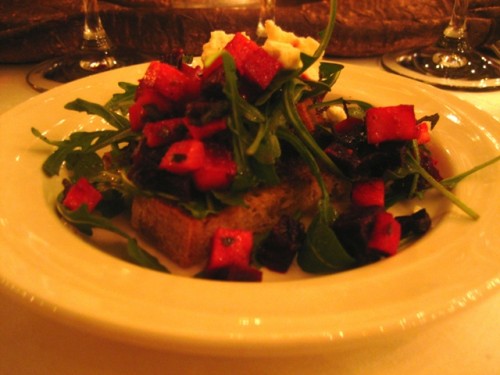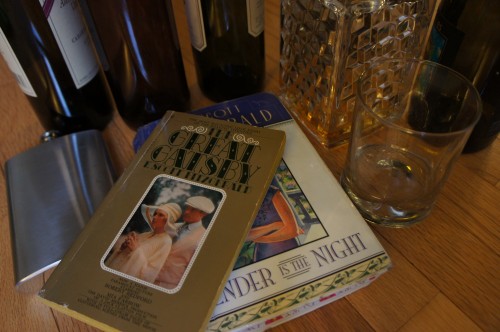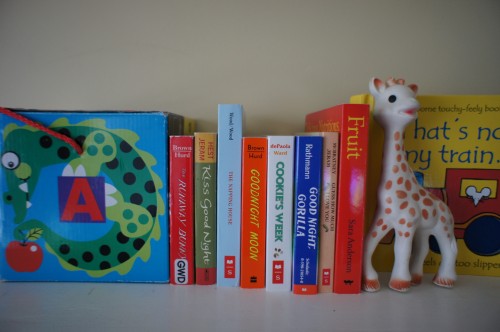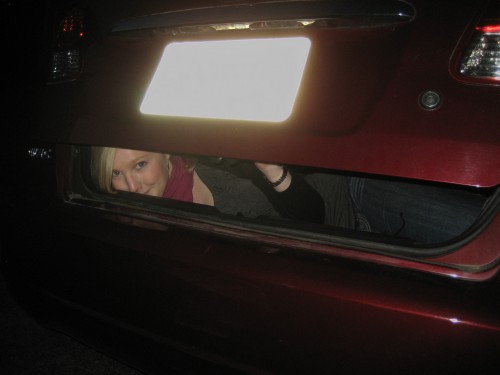
It was a gorgeous weekend. The sun was out, the sky was clear and the snow capped mountains were a gleaming backdrop. The best part was that we were viewing all this splendor from the car as we drove out of Seattle and made our way to Chelan for a quick writing retreat.
The kids were set to spend quality time with the dads and the women were off to let the their writing minds take them where they may…well, with a loose itinerary. We were to visit a few wine tasting rooms, meet a press contact for dinner, stay the night at a lovely resort overlooking Lake Chelan and then meet for a “Wine Immersion” experience the next morning. Boy were we in for a treat!
By the time we had settled in at The Lake House and tasted some of the wine provided in the room, it was time to meet our contact for dinner. We were privileged to meet about a dozen or so people for the intimate Barrel Feast at Tunnel Hill Winery. What a fantastic experience! We arrived and were led into their barrel room in which was set a long table with a silk copper runner, candles and place settings lined by four wine glasses each. After a brief meet and greet, we took our seats and were presented with a four course meal, complete with wine pairings. Our host, Guy Evans, introduced the cook who is the head chef at Cafe Mason.
We poured over the mouth-watering courses with the wine pairings and got to know the people sitting around us. As I looked up and down the long table, the writer in me started to churn…or more accurately, the fiction side of my writing mind. Sure, I could write a compelling piece about how lovely our trip has been and how tasty the local fare is, the travel magazines would surely eat that up. But the fiction-writing side of my brain was looking for something a little more thrilling, mysterious even. It kept wondering ‘what if’. Like, what if someone left for the restroom and didn’t come back? What if the next person to visit the restroom found the previous person’s body slumped against the wall, dead? Of the people I’ve met so far, who would make the best victim? Who would make the best murderer? Perhaps the congress woman sitting next to me, political motives are often seedy. Or what about the innocent-looking newly wed couple to my right? They do seem a little too innocent. What could they be hiding? Or this contractor across the table, how far would he go to win a bid? My brain went on like this, humming in the background as I made pleasant conversation and secretly gleaned information for character development.
While I am fortunate to have a steady job as a freelance writer, sometimes the pressure to produce non-fiction material takes over and my fiction muscles feel neglected and atrophe. This trip was a nice opportunity to stretch those muscles and get back in action. I’d like to encourage you, if you have a passion for writing fiction, to allow yourself to let go every once in a while and run with the wiles of your imagination. Of course, do your due diligence, if you have a non-fiction deadline, but then exchange that notepad for your story-telling notepad. Soak up the characters around you and let your mind wander down the path of ‘what if’s’.
Writer’s Tip: Having a restricted setting with a set cast can force you to get creative with your limited options. Â Next time you go to a restaurant, find the table with the most people and use them as your cast of characters. Write a short story that takes place in that restaurant with just that table of people.



















